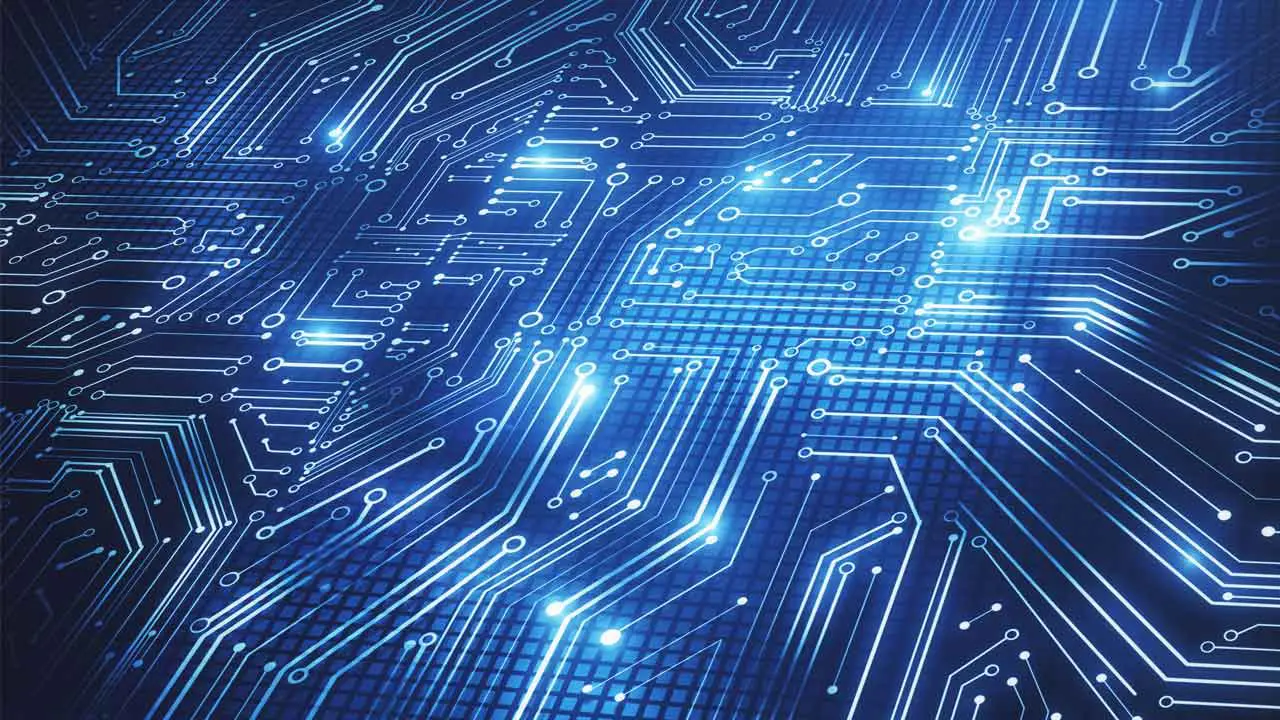by MP Divakar, PhD, Stack Design Automation
Technical Editor, Electronics Cooling Online
Electronics cooling engineers and designers are used to one constant in their professional lives: change.
Most of it (as far as problem solving is concerned) is change for the worse… and is challenging! The heat flux keeps increasing, the geometries keep shrinking, the available solution options keep diminishing and the pricing pressures to produce hardware at costs next to nothing are ever present! All in all, great reasons to be an electronics cooling designer or engineer! And there has never been a better time to be designing thermal solutions – whether used in cooling a drive train under the hood of an electric car to those embedded inside biological entities.
Thankfully, we are a community that is well-served by a great collection of classics that remain evergreen and ever present on our desks. I routinely use my copies of Steinberg’s “Cooling Techniques for Electronics Components” and Ellison’s “Thermal Computations for Electrical Equipment.” With each passing year, the good foundation of knowledge from these classics can be supplemented by more recent publications that bring forth the advances in cooling techniques which address the challenge of scale, heat flux density and the modes of heat transfer. To that end, Electronics Cooling is committed to bring you the latest in publications and resources to make your job a little easier.
In this blog post, we will review the book Electronics Cooling (2016), edited by S M Sohel Murshedon, published a few weeks ago by InTech Open. The premise of this book starts on the right note –the challenges of cooling heat flux densities exceeding 300W/cm2 (for the record, earlier in 2016, the USAF SBIR program solicited cooling solutions for GaN Power Amp applications exceeding 1.4KW/cm2 heat flux, so this book may soon have a revision!). The premise of the book also rests on dealing with non-uniform power dissipation and the use of emerging cooling technologies including microchannel-based forced convection and phase-change cooling (liquid) techniques that are capable of achieving very high heat removal rates.
In Chapter 1, the book’s editor does well to state the outline of the book. The book is organized into 8 chapters, each written by different authors. The emphasis in this book is on liquid cooling techniques such as boiling and phase change-based technologies, microchannels, heat pipes including loops, and the working fluids. In particular, technology of working fluids that perform better than the traditional coolants such as air, oil, water, and water/ethylene glycol/methanol mixtures which are not enough to address >300W/cm2 heat flux densities are addressed. Alternates such as nanofluids, which are suspensions of nanometer-sized particles in conventional heat transfer fluids like water (W), ethylene glycol (EG), and ionanofluids (which are suspensions of nanoparticles in ionic liquids), have better suited thermal properties for cooling higher heat flux densities.
Chapter 2 lays the foundation for boiling of immiscible mixtures for the cooling of electronics small and large, and subjected to high heat fluxes. The approach to using immiscible mixtures is to use a combination of more-volatile liquid with higher density (FC72 / Novec7200) and less-volatile liquid with lower density (water) in the appropriate volumetric ratios. Experimental results are also presented for a horizontal heated tube.
Chapter 3 examines more in-depth the design of heat pipes and the phase change heat transfer technologies for electronics cooling in topics like working fluid selection, wick type selection, container material selection, sizing of various parameters, heat sinks, and interfacing to the source. The chapter also presents a clear picture on how the thermal resistances of each component in the heat pipe assembly are computed.
Chapter 4 presents examples of heat pipes for computer cooling applications. Building on the basics of heat pipes presented in the previous chapter, this chapter examines the effect of cross sections, wick structure, loop heat pipes and working fluids on the performance of heat pipes. The chapter presents examples of heat pipe-embedded heat sinks, design of closed-end oscillating heat pipes for CPU cooling, etc.
Chapter 5 addresses MEMS-based micro-heat pipes which are considered to be the optimum choice for cooling microelectronic packages, concentrated solar cells, infrared detectors, micro-fuel cells, etc. MEMS processes are used to make micro groves for microchannels, micro-loop heat pipes, micro-vapor chambers, etc. The chapter discusses using the well-known MEMS DRIE process to fabricate the foregoing components of micro-scale heart pipes and channels.
Chapter 6 examines the performance of nanofluids in inclined and ribbed microchannels for electronics cooling. Some examples of nanofluids examined include water–copper nanofluids whose suitability was studied using finite volume methods of CFD simulation. Variables considered also include inclination angle and nanoparticles volume fraction.
Chapter 7 focuses on reciprocating mechanism–driven heat loop (RMDHL) cooling technology for power electronics cooling. RMDHL has a heat transfer mechanism different from those of traditional heat pipes and seems to perform well for >300W/cm2 heat flux. A RMDHL includes a hollow loop as well as a reciprocating driver to pump the fluid in the condensing reservoir, eliminating cavitations encountered in two phase heat pipes.
Chapter 8 discusses the theoretical derivation of junction temperature computation of electronic chip packages, and is somewhat repetitive based on what is already well known and published.
Overall, the book is a good reference for practitioners of electronics cooling, particularly those of us who have to design solutions for cooling higher flux densities. Nanofluids and ionanofluids show promise for designing cooling solutions in phase change applications with high heat flux densities. The book how ever falls short on giving design guidelines to practitioners, with the exception of Chapter 7.
This book is free to download at InTech Open Access.
Electronics Cooling (2016) Edited by S M Sohel Murshed
ISBN 978-953-51-2406-1
Print ISBN 978-953-51-2405-4, 180 pages
DOI: 10.5772/61407
Publisher: InTech
Chapters published June 15, 2016 under CC BY 3.0 license






